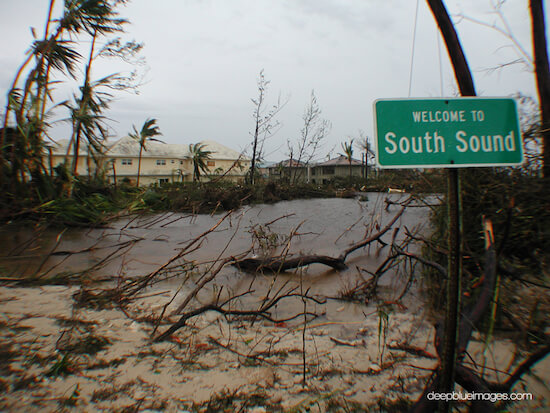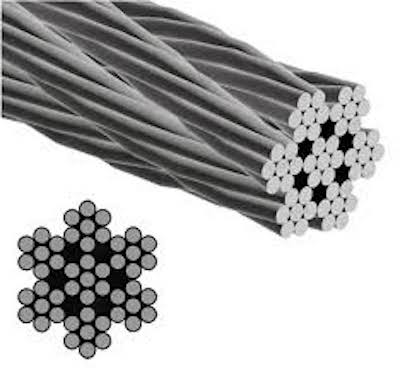
After Hurricane Ivan in 2004, my LandCruiser was heavily used in the aftermath, driving on broken and sometimes flooded roads that were often covered in debris and roofing nails. After about six weeks, I was able to hand it to the Toyota garage to check over while I flew off island for a few days. Everything was still working, but I asked them to check it over, as conditions had been, well, rough (see photo above).
When I returned, they reported: “we took 26 nails out of the (off-road) tires, we had to fix the suspension, brake and electrical systems, two hydraulic systems”.. and more. I looked at the mechanic, aghast, then said “if all of that was wrong, how was it still running just fine when I left it with you?”. They smiled, then said “there is a reason by the UN uses Landcruisers all over the toughest areas of the world. They are built for it. They have multiple redundancies designed in”. Put another way, one set of brake or other systems failing doesn’t mean the car stops working .
I hadn’t consciously planned to buy a Landcruiser thinking “hmm, if we have a devastating Hurricane it will keep running”, but it sure was good to have one when things got tough, as the ability to have multiple strands of resiliency kept it running.

Just as steel wire rope is far, far stronger when wound out of many tiny strands than in one piece, our own resilience, as well as that of our businesses, are far stronger where we have multiple strands we can rely upon.
As an individual, try this exercise. Write down all of the elements in your life you are conscious of that support your own resilience (I’ve written on Proactive Resilience before, that may give you some ideas and reminders).
As a business leader, how resilient is your business? Do you depend on certain key individuals? Does the knowledge they have sit with them alone or also within the business (ie is it written down, indexed and stored somewhere)? Where you have plans and strategies, “it is not a plan unless it is written down”, so where is it documented? Is everything up to date? What are your sources of revenue? How dependent are you on a few key clients, products, services? What about finance? Do you have multiple avenues lined up and ready when you may need to draw upon them, or just your main bank?
Focus not only on resilience, but always consider how many strands of resilience you have.
In closing, what makes some people proactive about resilience and others less so?
As you can perhaps see, I have lived much of my life on an island subject to not only Hurricanes and Earthquakes, but also the potential for disruption of power, internet, shipping in of food and other products (rarely ever happens, but on a small island with limited, well, resilience options, always could). This means I quite naturally think of resilience, continuity, recovery planning both personally and for business. Heck, a year ago when the pandemic became real in the UK, I had already stocked up with food and, yes, toilet roll, plus encouraged those I know to even do things like fill the tank of their car. Some thought me crazy, but all of this felt totally normal. As for Cayman, they were WAY ahead of the UK on all of this, so sure enough, they achieved control over Covid rapidly and have lived normally since about three months in, whereas in the UK we are still locked down over a year in and praying the vaccine is what helps us unlock. In short, the UK was reactive in terms of resilience, they simply weren’t ready to respond.
Could you be proactive in terms of your own resilience and that of your business? You can if you choose to be and turn your mind in that direction. This post, then, is both of a reminder of the value of Proactive Resilience and highlights the value of having multiple strands to your resilience.
